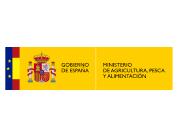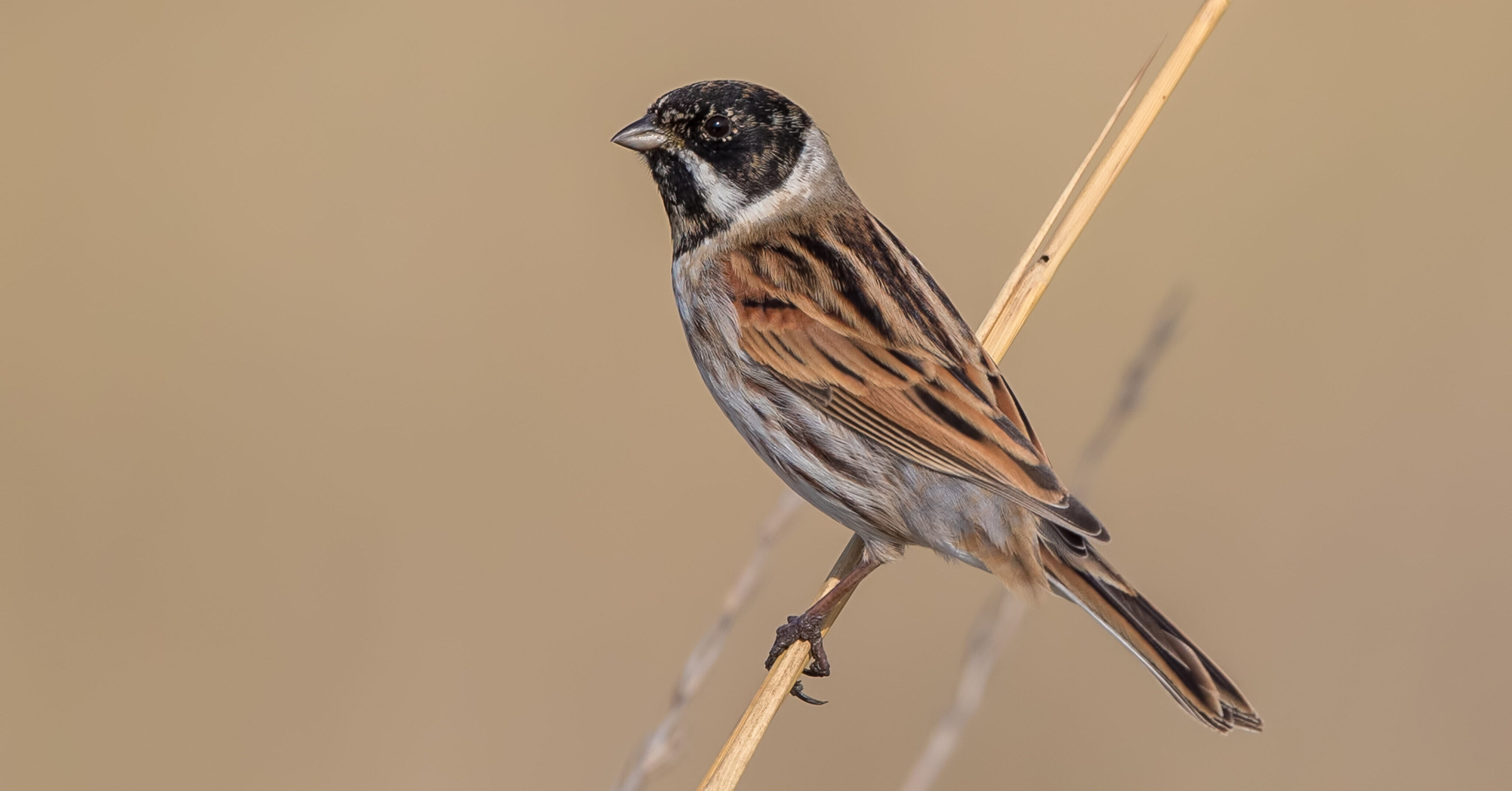
Pilot project for ex situ conservation of the Iberian marsh bunting: captive breeding and reintroduction in wetlands of the Natura2000 network.
MITECO
Line of action:
Terrestrial ecosystemsStatus:
FinalizadoExecution date:
2020End date:
2022Total budget:
149.878,72 €Amount of aid from the Biodiversity Foundation:
60.328,47 €The Iberian marsh bunting (Emberiza schoeniclus witherbyi) has gone from being present as a breeder in the main wetlands of the Valencian Community at the end of the last century to just a pair in an isolated wetland in the last national census carried out in 2015. It is currently listed as “Endangered” in both the Spanish Catalogue of Threatened Species and the Valencian Catalogue of Threatened Fauna Species, so it is necessary to develop different recovery programs in the respective communities that make up its distribution.
Currently, only the Valencian Community has the technical report that develops its Recovery Plan. Among the actions to be developed is a pilot captive breeding project as a necessity for the conservation of the Iberian marsh bunting in the Valencian Community.
The objective of the project is to create an “ex situ” conservation program of the Iberian marsh bunting from wild individuals in order to obtain individuals born in captivity with which to carry out population reinforcement and reintroduction in different wetlands of the Natura 2000 Network in the Valencian Community.
Specific goals include:
- To establish the captive breeding program for the Iberian marsh bunting from genetically suitable wild populations.
- To study the different geographical areas of the Valencian Community with historical presence of the reed bunting in order to know which are the optimal areas for a hypothetical reintroduction according to criteria present in the scientific literature.
- Improve the available habitat in the areas where the reintroduction is to be carried out, as well as the elimination of possible disturbances that could have a negative effect on the viability of the reintroduced population (predator control, human activity, etc.).
- Reintroduce the reed bunting in the Valencian Community from individuals obtained through the captive breeding program.
- Monitoring of the reintroduced population.
- Disseminate the results obtained.
- Planning meetings with the corresponding regional administrations.
- Capture of individuals of Iberian marsh bunting.
- Maintenance and reproduction of specimens in captivity.
- Study of the geographical areas of the Valencian Community with the possibility of reintroduction.
- Increase in the total area of the Valencian Community with optimal habitat conditions for the marsh bunting.
- Reintroduction through captive-born specimens.
- Monitoring of habitat occupation and population evolution.
- Dissemination and communication of the results obtained during the project.
- The maintenance and breeding in captivity of 6 pairs of this species has been achieved.
- Sampling has been carried out in 11 wetlands belonging to the Natura 2000 Network located in the Valencian Community and Castilla-La Mancha and the Marjal de Xeressa, Marjal dels Moros and Marjal de Pego-Oliva wetlands of the Valencian Community, all of them with the presence of masiega and reedbed-reed vegetation, have been considered as the optimal habitats for the reintroduction of the Iberian marsh bunting.
- The threats that put the effectiveness of the reintroduction actions of the species at risk have been identified: scarce availability of suitable habitats, lack of connectivity with adjacent populations and predation.
- Control measures have been proposed to avoid the identified threats, such as management focused on ensuring a water regime that allows optimal habitat development or monitoring of populations of species potentially harmful to the species.
Although it has not been possible to carry out the reintroduction or monitoring of reintroduced specimens because the captive-bred chicks did not survive, work continues to achieve the successful reproduction in captivity of this endangered subspecies.


Pilot project for ex situ conservation of the Iberian marsh bunting: captive breeding and reintroduction in wetlands of the Natura2000 network.









 back to search
back to search 